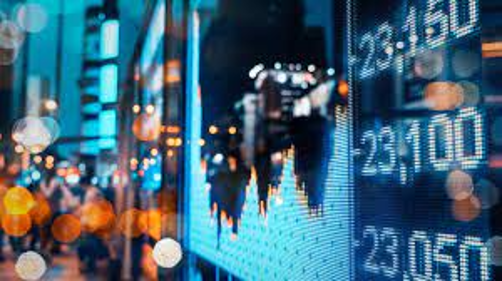Getting to know invisible supply

What is invisible supply?
Invisible supply is the total number of physical commodity stocks that are still unknown and unquantifiable because they are still in process or preparation. They are commodities that will soon be available on the date of the futures contract for settlement purposes. Invisible supply already exists; it's just that we cannot gather, store and set them aside in a tangible facility yet.
It is the contrast of visible stocks because these commodities are the ones that we can already count, store, and deliver. So, any commodity that we cannot consider and connected with futures contracts is an invisible supply. They are still unknown, hence the name, invisible supply.
Futures contracts in line with invisible supply
A futures contract is a buyer and a seller's legal agreement to trade commodities and assets at an agreed price and time in the future. The quantity and quality are standardized in futures exchange facilitation. Buyers are obliged to take the asset at the expiration date, and sellers must provide and deliver assets on the expiration date.
Invisible supply and the way they operate for buyers and sellers
As earlier mentioned, visible supplies are commodities that can be accounted for, stored, recorded, and delivered. Other supplies that are not visible, regardless of where their locations are, are considered invisible supplies. It may be on the ground, storage tanks, silos, delivery trucks and trains, shipping vessels, storage facilities, warehouses, and the like.
Commodities can be available for delivery to short traders if they decide to have a futures contract in a long position rather than rolling forward or offsetting the contracts long before they expire. Short traders sell a security and then plans to repurchase or cover it in the future for a lower price. An example of a trader with a long position is a buyer.
Most of the time, the commodities' physical delivery does not connect with a futures contract. But if the selling company or business decides to deliver, it must make the invisible supplies into visible supplies. Of course, the seller must disclose proof that they made the invisible supplies visible by creating a receipt or certificate at a real or physical place. Later on, a commodities exchange or an SRO (self-regulatory organization) should approve this physical place. Who will now pay the trading firm and acquire the visible supplies? It is the side with a long position.
The law of supply and demand and the invisible supply
It is a known fact that the law of supply and demand somehow determines market pricing. The supply affects the demand and vice versa. We also understand that this future or invisible supply affects this pricing, but the visible supply does not. Why? People buy commodities through futures contracts, options, forward contracts, and the like even before the commodities' deliveries.
Visible supply in contrast with invisible supplies
While an invisible supply
refers to the unquantifiable and unknown amount of commodities due to current
preparation and processing, visible supply, on the other hand, are the ones
that are already in storage or are already available for transportation to buy and sell.



